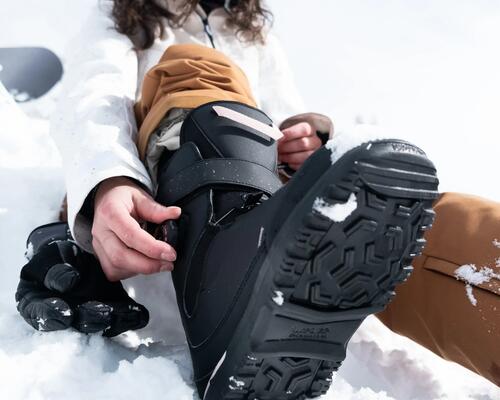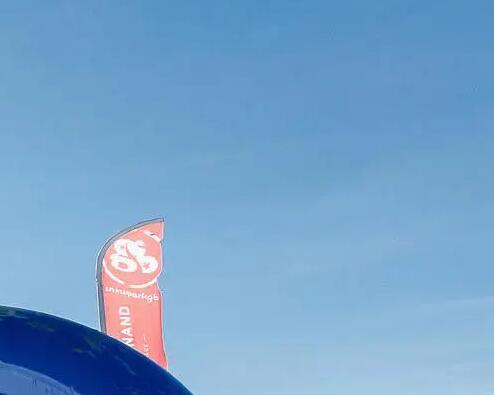Why is the choice of your board important?
With a variety of shapes and features, snowboard actively contribute to your riding experience. According to your level, your morphology, or the way you wish to practice this activity, it is thus advisable to choose a board which will be able to adapt to the wished environment and to ensure you a comfort essential to your pleasure and your progress.
Indeed, inadequate equipment can unnecessarily complicate your exercises and quickly discourage you from pursuing snowboarding. Although you were attracted by this discipline, you gradually lose interest, thus depriving yourself of a stimulating and fun sport to enjoy the joys of the mountains in winter.









